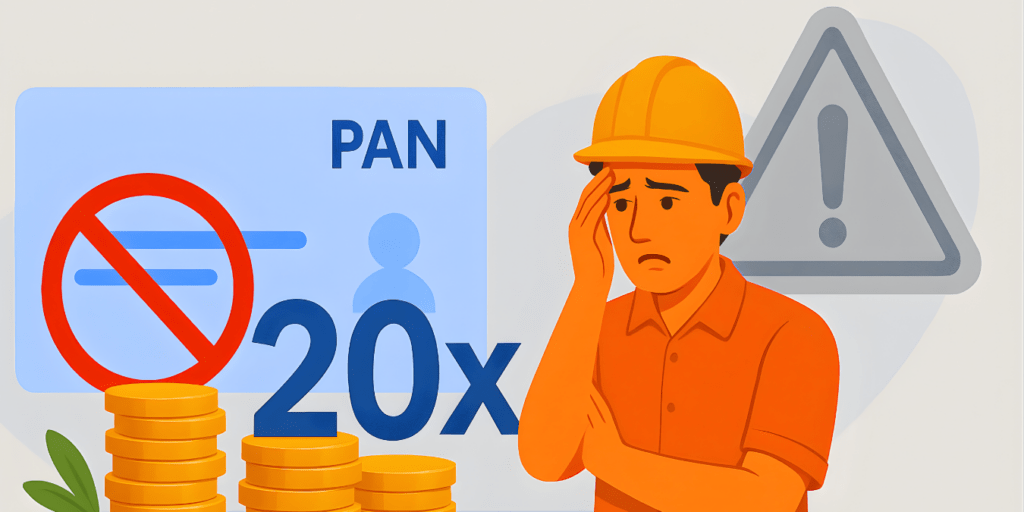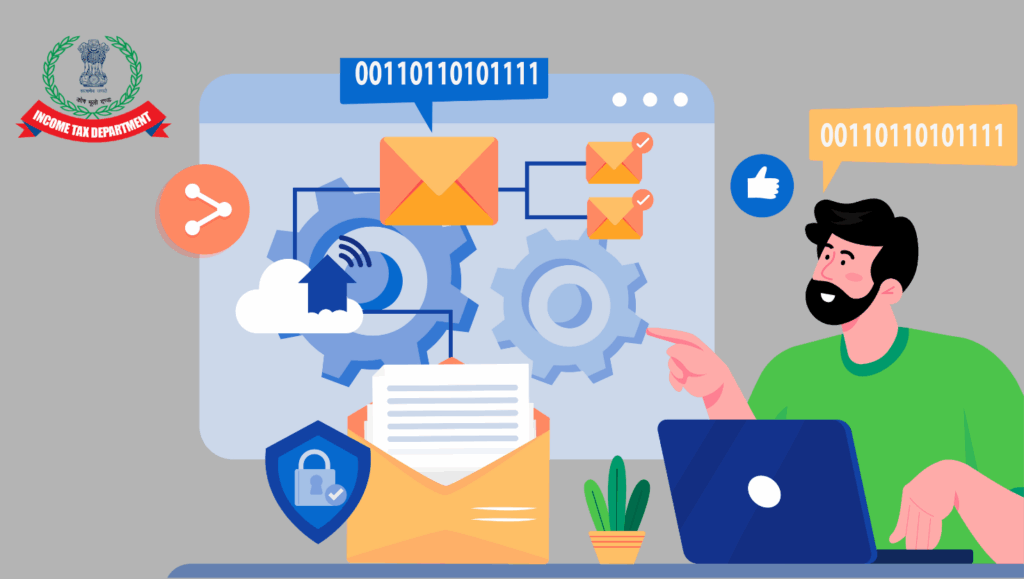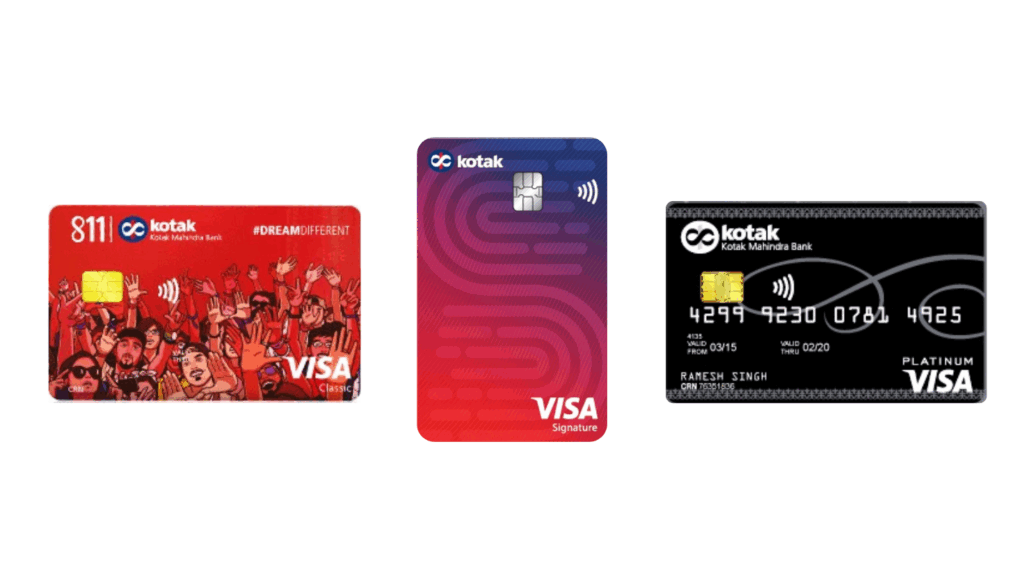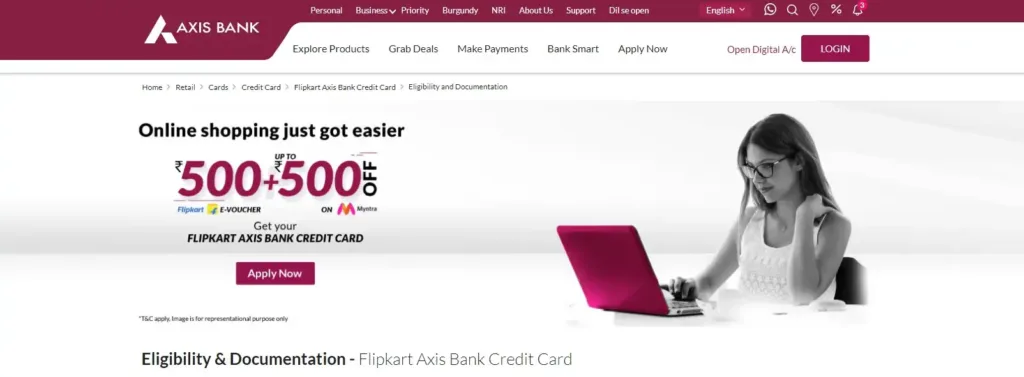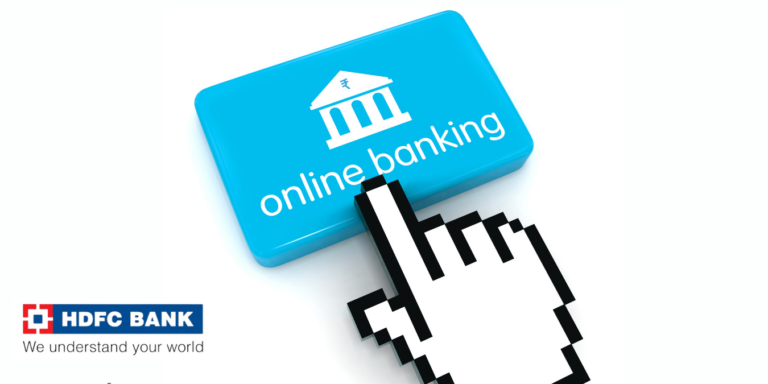
The new banking and tax rules from April 1, 2025, will impact ATM limits, credit card perks, tax slabs, and TDS thresholds. Learn how these banking regulations 2025 and tax reforms 2025 affect you, with actionable tips to save money and adapt to India’s evolving financial landscape.
As we approach April 1, 2025, significant changes in banking and tax regulations are set to take effect across India. These updates, driven by the Union Budget 2025 and directives from the Reserve Bank of India (RBI), aim to streamline financial systems, enhance security, and simplify tax compliance. For individuals, salaried employees, senior citizens, and businesses, understanding these new banking rules 2025 and tax rules from April 1, 2025 is crucial to avoid penalties, optimize finances, and adapt to the evolving landscape. In this comprehensive blog post, we’ll break down the latest updates, their implications, and actionable steps to stay ahead. Let’s dive into how these changes will impact you.
New Banking Rules from April 1, 2025: What’s Changing?
The banking sector in India is undergoing a transformation starting April 1, 2025, with regulations designed to improve transparency, curb fraud, and encourage digital adoption. Below are the key banking rule changes 2025 you need to know:
1. Revised ATM Withdrawal Limits
One of the most noticeable updates is the reduction in free ATM withdrawals. Starting April 1, 2025, customers will be limited to three free withdrawals per month from ATMs operated by other banks. Exceeding this limit will incur fees ranging from ₹20 to ₹25 per transaction. Previously, many banks allowed up to five free withdrawals, making this a significant shift.
- Impact: Frequent ATM users may face higher costs, especially those relying on other banks’ machines. This change encourages digital payments and reduces cash dependency.
- Actionable Tip: Switch to UPI or card payments to avoid extra charges. Plan cash withdrawals to stay within the free limit.
2. Minimum Balance Requirements
Major banks like the State Bank of India (SBI), Punjab National Bank (PNB), and Canara Bank are revising their minimum average balance (MAB) rules. The required balance will vary based on location—metro, urban, semi-urban, or rural—and account type. Failure to maintain the stipulated balance will result in penalties.
- Impact: Account holders in urban areas may need to maintain higher balances, affecting those with limited savings. Rural customers might see lower thresholds.
- Actionable Tip: Check your bank’s updated MAB requirements and consider consolidating funds into fewer accounts to avoid penalties.
3. Positive Pay System (PPS) for Cheque Payments
To combat cheque fraud, the RBI is implementing the Positive Pay System (PPS) for cheques above ₹50,000. Customers must electronically submit details—cheque number, date, beneficiary name, and amount—to their bank for verification before clearance.
- Impact: This adds an extra step but enhances security, reducing the risk of fraudulent transactions.
- Actionable Tip: Familiarize yourself with your bank’s PPS process (e.g., via mobile app or net banking) to ensure smooth cheque payments.
4. Credit Card Benefit Revisions
Several banks are scaling back credit card perks starting April 1, 2025:
- SBI: SimplyCLICK Swiggy rewards drop from 10X to 5X points; Air India Signature points reduce from 30 to 10.
- IDFC First Bank: Club Vistara milestone benefits will be discontinued.
- Axis Bank: Vistara credit card changes take effect from April 18, 2025.
- Impact: Frequent credit card users, especially for travel or dining, will see reduced rewards, affecting overall savings.
- Actionable Tip: Review your credit card terms and explore alternatives with better benefits before the changes kick in.
5. UPI Account Deactivation
The National Payments Corporation of India (NPCI) will deactivate UPI IDs linked to mobile numbers inactive for over 12 months. This move aims to curb fraud and phishing scams.
- Impact: If your UPI ID is tied to an unused number, you’ll lose access unless reactivated.
- Actionable Tip: Regularly use your UPI ID or update it with an active number to avoid disruptions.
6. Enhanced Digital Banking Features
Banks are adopting AI-powered assistants, two-factor authentication (2FA), and biometric verification to improve security and customer experience. Special Fixed Deposit (FD) schemes with attractive rates are also being introduced by banks like SBI, HDFC, and IDBI.
- Impact: Safer and more convenient digital banking, with better returns on FDs for savers.
- Actionable Tip: Leverage these tools for secure transactions and explore new FD options for higher interest earnings.
New Tax Rules from April 1, 2025: Key Changes to Understand
Alongside banking updates, the income tax rules 2025 introduced in the Union Budget 2025 will reshape how taxpayers file returns, claim deductions, and manage finances. Here’s a detailed look at the tax changes April 1, 2025:
1. Revised Income Tax Slabs (New Tax Regime)
The new tax regime, effective as the default from April 1, 2025, features updated slabs under Section 115BAC to boost disposable income:
- 0 - ₹4 lakh: Nil
- ₹4 lakh - ₹8 lakh: 5%
- ₹8 lakh - ₹12 lakh: 10%
- ₹12 lakh - ₹16 lakh: 15%
- ₹16 lakh - ₹20 lakh: 20%
- ₹20 lakh - ₹24 lakh: 25%
- Above ₹24 lakh: 30%
- Impact: Taxpayers earning up to ₹12 lakh will owe no tax due to an enhanced rebate (see below), saving up to ₹1.14 lakh annually.
- Actionable Tip: Opt for the new regime unless deductions under the old regime (e.g., 80C, HRA) significantly lower your tax liability.
2. Increased Section 87A Rebate
The tax rebate under Section 87A for the new regime rises from ₹25,000 to ₹60,000. Combined with a ₹75,000 standard deduction for salaried individuals, incomes up to ₹12.75 lakh will be tax-free.
- Impact: Salaried employees and small taxpayers benefit from zero tax liability on higher income thresholds.
- Actionable Tip: Calculate your taxable income to confirm eligibility for this rebate.
3. TDS Threshold Adjustments
Several TDS rule changes 2025 aim to ease cash flow for individuals:
- Interest Income (Section 194A):
- Senior citizens: TDS applies only if interest exceeds ₹1 lakh (up from ₹50,000).
- Others: Threshold rises from ₹40,000 to ₹50,000.
- Commissions (Section 194H): TDS threshold for insurance commissions increases from ₹15,000 to ₹20,000.
- Dividends/Mutual Funds: Exemption limit doubles from ₹5,000 to ₹10,000.
- Lottery Winnings: TDS applies only on single transactions exceeding ₹10,000 (no aggregate limit).
- Impact: Reduced tax deductions at source mean more money in hand, especially for senior citizens and small investors.
- Actionable Tip: Adjust FD investments to stay below TDS thresholds if possible.
4. TCS Changes
Key TCS rule changes 2025 include:
- Liberalised Remittance Scheme (LRS): TCS on remittances above ₹10 lakh (up from ₹7 lakh) rises from 20% to 22%. Education loan remittances under Section 80E are exempt.
- Overseas Tour Packages: TCS drops from 20% to 15%.
- Impact: Higher remittances cost more, but travel packages become slightly cheaper.
- Actionable Tip: Plan international spending to leverage exemptions or lower rates.
5. Two Self-Occupied Properties
From April 1, 2025, taxpayers can claim two house properties as self-occupied with nil annual value, regardless of location or job-related conditions.
- Impact: Property owners save on deemed rental income tax, simplifying compliance.
- Actionable Tip: Update your tax filings to reflect this change if you own multiple properties.
6. Employer Contributions and Perquisites
- Employer contributions to the National Pension System (NPS) will qualify for a 14% deduction (up from 10%).
- Amenities and medical travel expenses abroad provided by employers are no longer treated as taxable perquisites.
- Impact: Salaried employees see tax savings on NPS contributions and perks.
- Actionable Tip: Maximize NPS investments to benefit from the higher deduction.
7. Simplified Compliance
Sections 206AB and 206CCA (higher TDS/TCS for non-filers) will be omitted, reducing compliance burdens. Updated ITR deadlines are also extended, giving taxpayers more time to rectify returns.
- Impact: Easier tax filing with fewer penalties for oversight.
- Actionable Tip: File returns on time but use the extended window for corrections if needed.
How These Changes Impact You
For Individuals and Salaried Employees
- Banking: Higher ATM fees and minimum balance penalties may increase costs unless you adapt to digital payments and maintain required balances.
- Tax: The new regime’s slabs and rebates reduce tax liability for incomes up to ₹12.75 lakh, while TDS adjustments improve cash flow.
For Senior Citizens
- Banking: Enhanced FD schemes offer better returns, but stricter digital banking rules (e.g., UPI deactivation) require vigilance.
- Tax: A ₹1 lakh TDS threshold on interest income is a major relief, boosting disposable income for retirees.
For Businesses and Professionals
- Banking: PPS and digital upgrades streamline operations but require tech adoption.
- Tax: Simplified compliance and higher TDS thresholds ease administrative burdens, though TCS hikes on remittances may raise costs for international transactions.
Preparing for April 1, 2025: Actionable Steps
- Review Banking Habits: Assess your ATM usage, account balances, and credit card benefits. Switch to digital alternatives where feasible.
- Plan Tax Strategy: Compare old vs. new tax regimes based on your income and deductions. Leverage the ₹60,000 rebate and ₹75,000 standard deduction if salaried.
- Update Financial Records: Ensure UPI IDs are linked to active numbers and cheque details comply with PPS.
- Consult Experts: Speak with a financial advisor or tax professional to optimize your strategy under the new rules.
- Stay Informed: Follow bank notifications and government updates for last-minute clarifications.
Are You Ready for These Big Financial Shifts?
The new banking and tax rules from April 1, 2025, mark a pivotal shift in India’s financial ecosystem. From reduced ATM withdrawals and revised credit card perks to updated tax slabs and TDS thresholds, these changes will reshape how you manage money. While they bring challenges like higher fees and compliance steps, they also offer opportunities—tax savings, enhanced security, and better digital tools. By staying proactive and informed, you can navigate these updates seamlessly and maximize their benefits.
